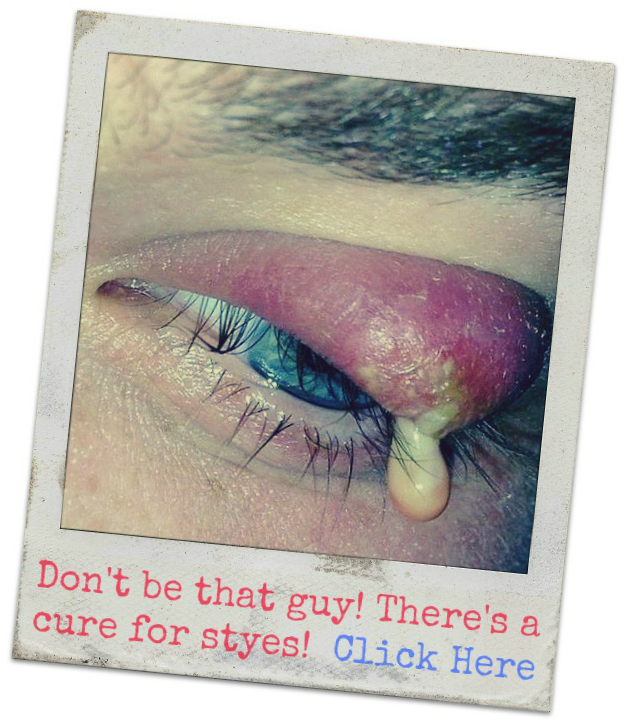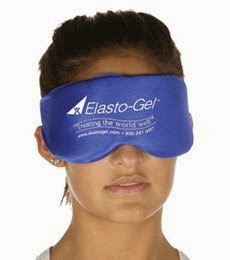
Cold temperatures can also help minimize puffiness in the eyelids. Swelling in the eye area due to an infection, black eye or another type of injury can also be reduced by applying a cold compress, as cold temperatures numb pain and minimize swelling.
#BEST WARM EYE COMPRESS SKIN#
Cold temperatures help reduce redness by shrinking the blood vessels in the skin around the eyes. In these cases, a cold compress is best to use. Red eyes have many causes, including infection and trauma, and are often accompanied by other issues like redness in the skin surrounding the eyes, stinging and pain. Use a Cold Compress for Eye Swelling and Redness

In particular, the trusted ophthalmologist wanted to discuss which type of compress is best for treating red, puffy eyes, a common eye concern among her patients. Linda Vu of Linda Vision thought it would be useful to discuss when warm and cold compresses should be used. But when is each appropriate? For this month’s blog post, Dr. Best of all, you only have to use it for one minute a day.Warm and cold compresses are home remedies commonly used to treat a variety of eye problems. The gentle massaging action may also stimulate the meibomian glands, improving the health of the eyelid margin and relieving dry eye symptoms. “NuLids is an at-home eyelid cleaning device that removes excess oils, makeup and debris from the eyelids,” said Silani. While these medications can be effective, they need to be taken regularly over a longer stretch of time (usually, months) before significant improvements are felt, he added. “This stabilizes the tear film, allowing it to ‘stick’ onto the surface of the eye better, while also increasing the volume of tears produced.” “All three work by interrupting or reducing different steps in the inflammatory cycle on the front surface of the eye,” said Wolfe. The most widely used prescription drops for chronic dry eyes are Restasis, Xiidra, and Cequa. Shopping Expert shopping: Makeup during coronavirus The best in-office treatments for dry eyes Prescription eye drops “This isn’t true-a lot of the store brand drops contain alcohol, which further aggravates dry eyes by, again, causing ocular surface disruption.” Related

“Another common misconception is that the store brand eye drops are just as good as the brand name,” said Katsikos. It’s also best to steer clear of redness-removing drops, as these are only vasoconstrictors that reduce the diameter of the blood vessels on the whites of the eyes-they do nothing to help relieve dry eyes. “The preservatives in bottled tears will actually exacerbate your dry eye because it causes ocular surface disruption,” said Katsikos. Since there’s an overwhelming variety of OTC artificial tears on the market, eye doctors recommended sticking to preservative-free lubricating drops, which are primarily sold in single-use vials instead of one multi-use bottle. “Artificial tears mimic your natural tears in order to provide lubrication for your eyes, and are composed of the same compounds found in your natural tears,” said Katsikos.

#BEST WARM EYE COMPRESS HOW TO#
Shopping How to buy a weighted comforter The best OTC treatments for dry eyes Artificial tears Translation: Make an appointment with your eye doctor, who can perform tests to determine the root cause of your symptoms and put together an appropriate treatment plan. “Once you’re getting to the point where you’re using artificial tears more than three times a day and you’re still in need of more relief, that’s when you may need to turn to more advanced treatments,” said New York-based optometrist Jonathan Wolfe, OD. These range from artificial tears that restore the oil layer to the tears to nighttime ointments that keep moisture in the eye while you’re sleeping. “It can also be seen in patients who have varying forms of autoimmune disease, including Sjogren's syndrome, lupus, or inflammatory eye diseases, such as ocular rosacea.”įor the majority of dry eye sufferers, over-the-counter treatments will usually do the trick.

“It’s typically seen in people who are post-refractive surgery, such as LASIK and PRK,” said California-based eye specialist and optometrist Ashley Katsikos, OD. Then there’s aqueous deficient dry eye, which is as it sounds - the inability to produce a proper aqueous (watery) layer of tear film. Shopping Shop with an MD: Digital thermometers


 0 kommentar(er)
0 kommentar(er)
